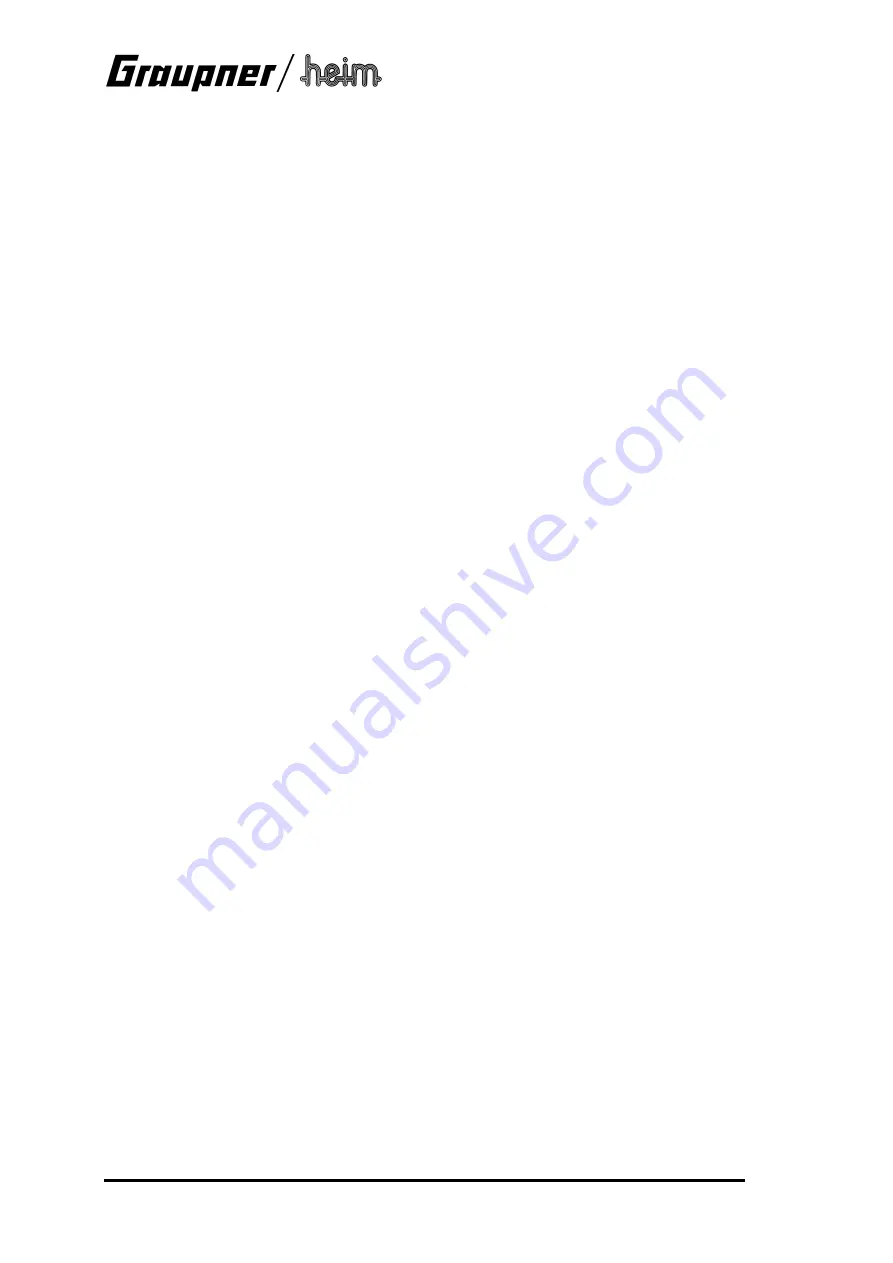
Agusta A119 Koala
2
Foreword
The AGUSTA A119 "Koala" is a single-turbine helicopter designed for a wide range of tasks. It
is largely based on the familiar twin-engined A109, but is fitted with only one turbine and a
robust skid landing gear instead of the fixed or retractable wheeled undercarriage. The
capacious cabin provides space for up to seven passengers, 1 tonne of freight or - in the rescue
helicopter version - two stretchers. The Pratt & Whitney PT6B-37A turbine generates a take-off
power of 1002 BHP and a continuous output of 872 BHP, giving the "Koala" an exceptional
performance.
This fuselage kit is designed to convert the MICRO STAR 400 mini electric helicopter into a
semi-scale model of the AGUSTA A119 "Koala" helicopter. The original MICRO STAR should
first be test-flown and trimmed out completely. The chassis of the model, complete with tail
boom and boom braces but without canopy and skid landing gear, is then screwed to a light-
wood plywood base plate, to which a semi-scale broad-based skid landing gear is also
attached. The fuselage, consisting of two lightweight vacuum-moulded shells, can then be fitted
round this assembly. The shells are only glued together permanently at the tail end; at the front
they are held together by strips of adhesive tape, so that the chassis can still be removed easily
from the fuselage for maintenance work.
The fuselage is vacuum-moulded from clear smoked-tint plastic, and is designed to be painted
from the outside; the kit includes pre-cut masks for the windows.
The flight battery can be changed through an opening in the bottom of the fuselage, without
having to remove the fuselage shells.
Naturally the flight time which can be achieved per battery charge varies according to the
model’s set-up and the pilot’s flying style; however, since the "Koala" is around 100 g heavier
than the basic MICRO STAR 400, you must expect the flight times to be correspondingly
shorter.
Note: in developing this fuselage kit we considered that minimum possible weight and minimum adverse effect
on the model’s flight performance were more important than ease of building. For this reason you will need a
reasonable level of modelling skill, care and patience in order to complete this model satisfactorily, particularly
regarding the trimming and joining of the thin-walled fuselage shells.
Specification
Length excl. rotor approx.
645 mm
Height approx.
205 mm
Width excl. rotor approx.
140 mm
Main rotor Ø
630 mm
Tail rotor Ø
140 mm
All-up weight min. approx.
595 g
Main rotor reduction ratio
13,2:1
Tail rotor reduction ratio
4:1

















